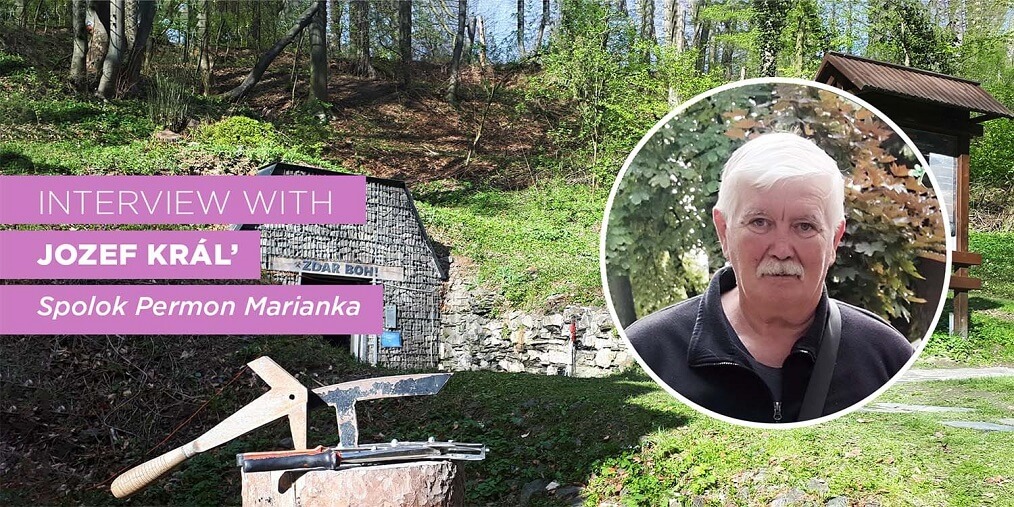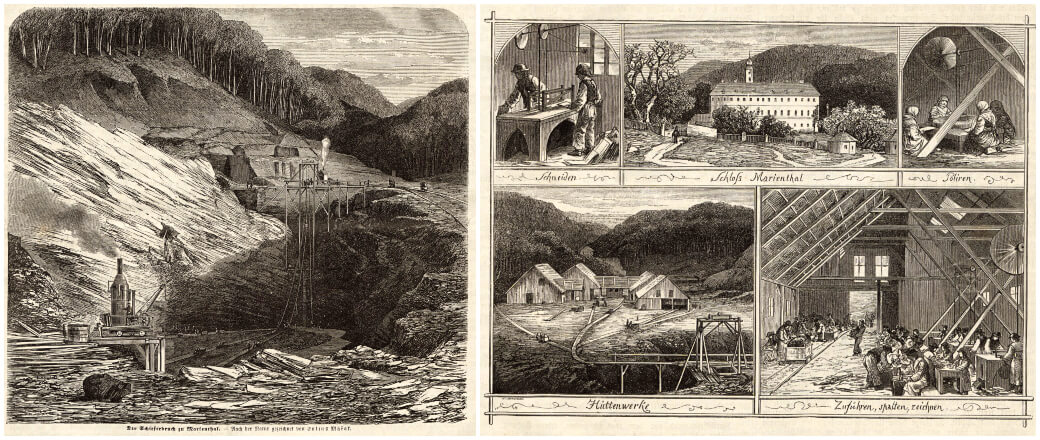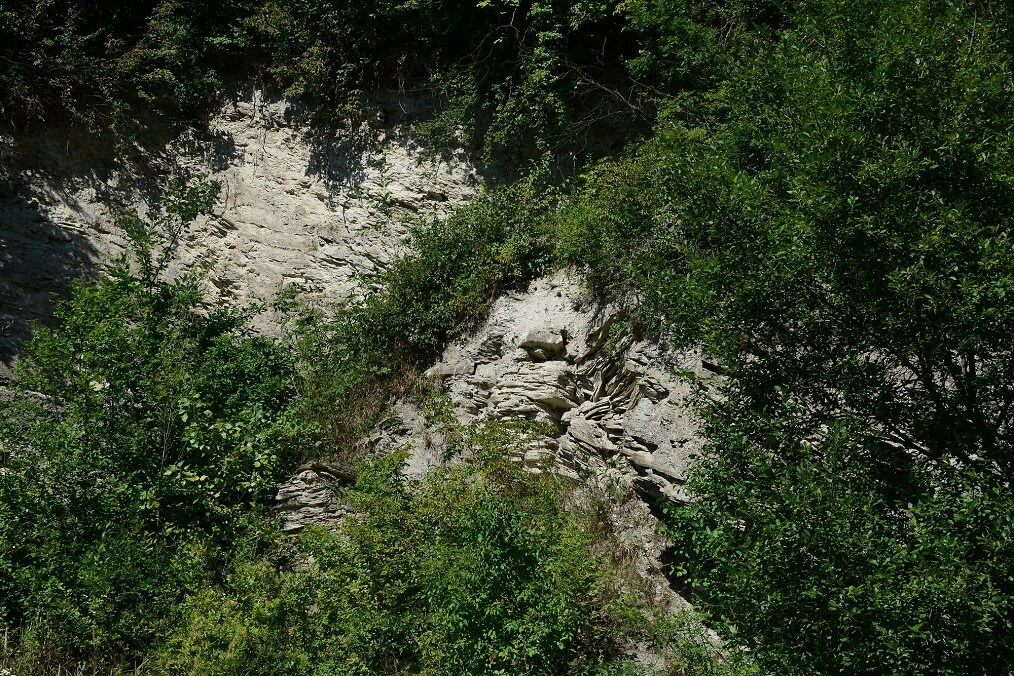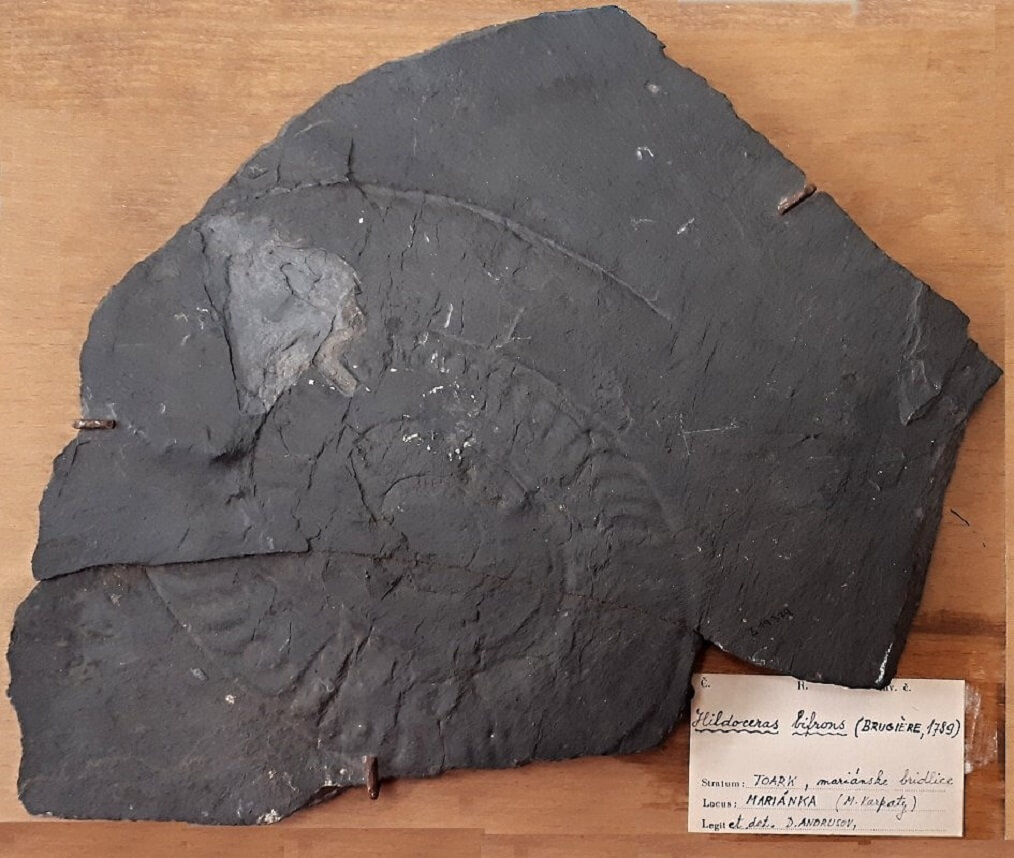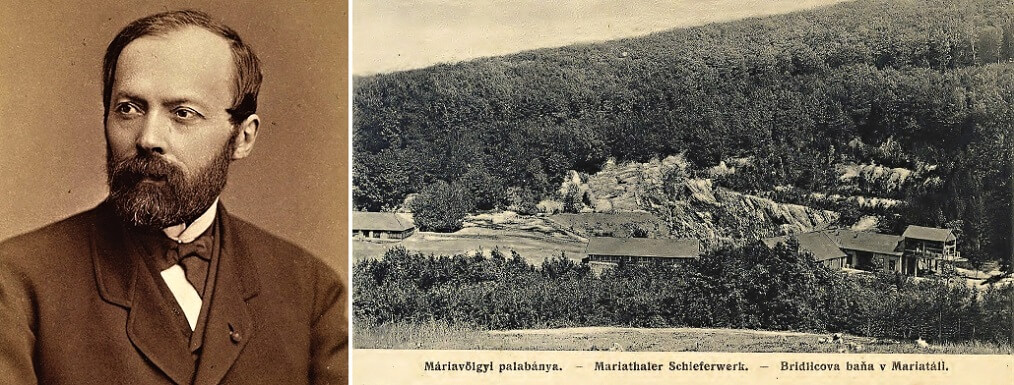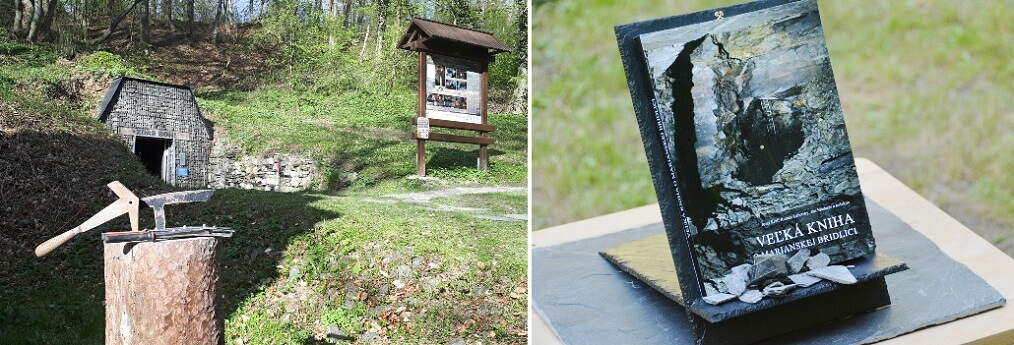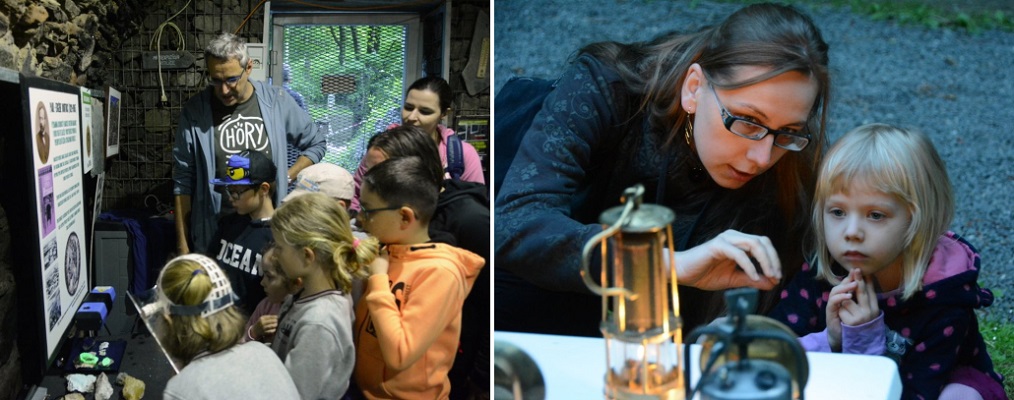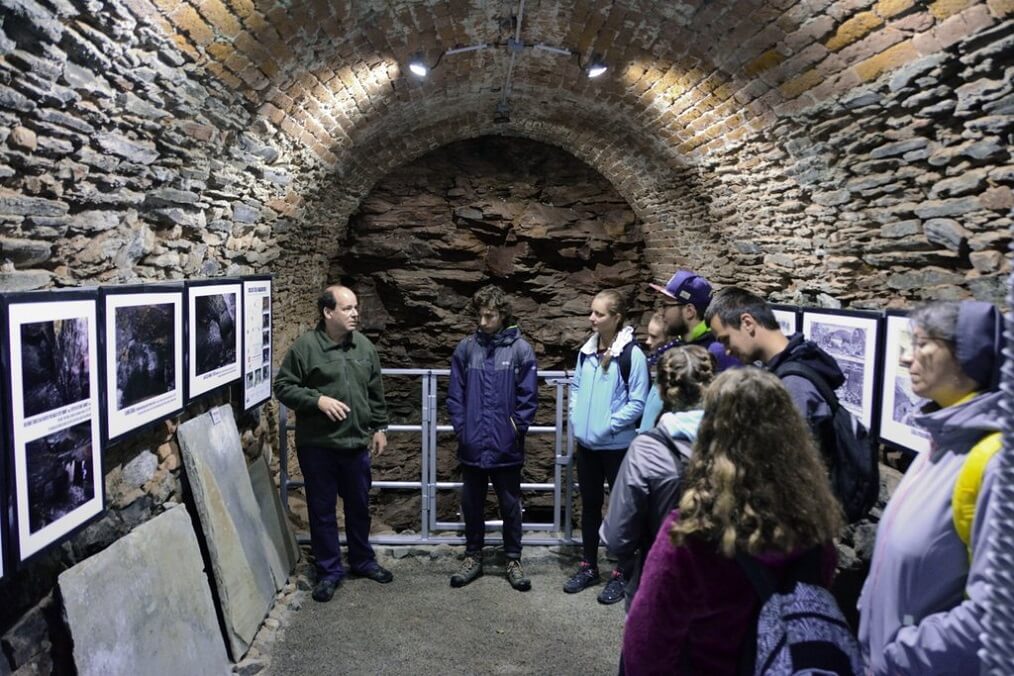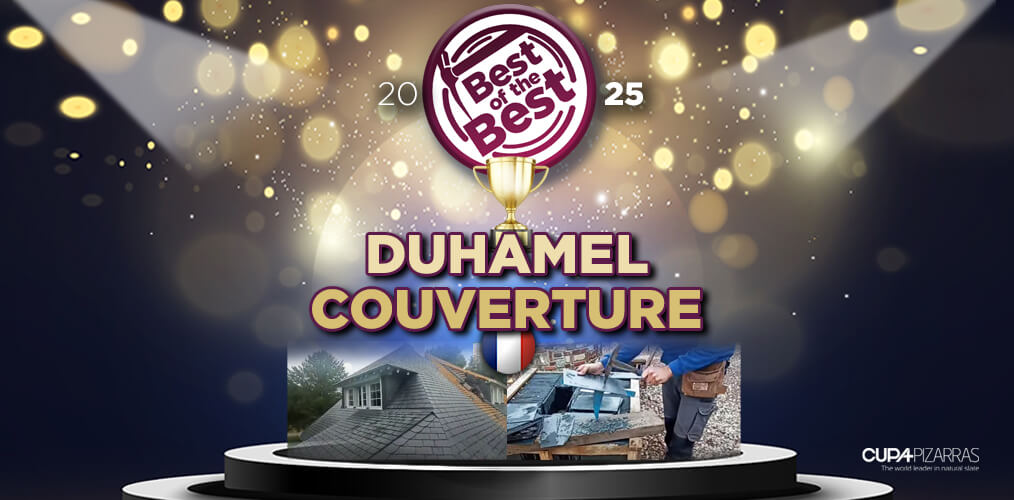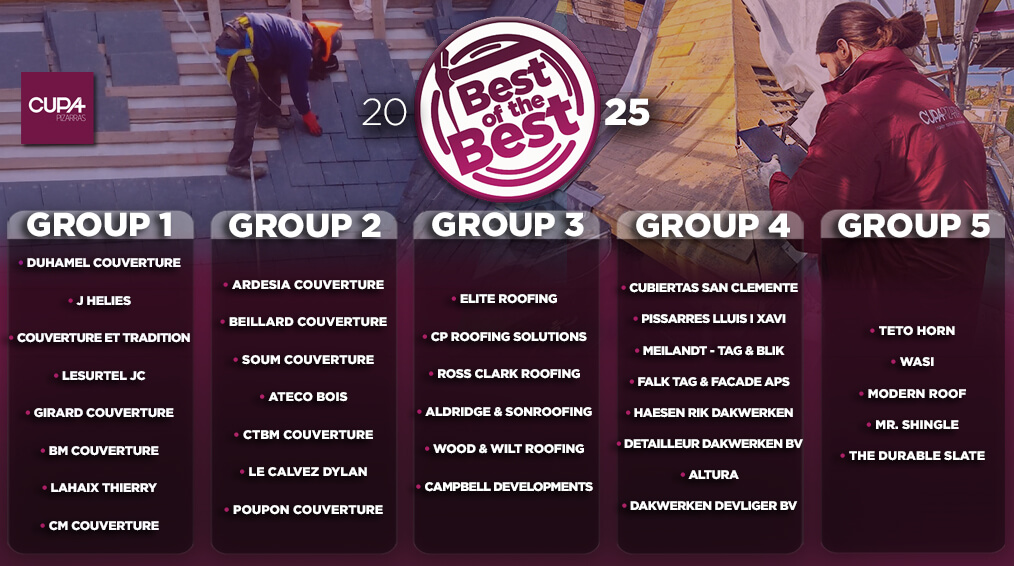Josef Kráľ: “Slate school writing boards from Marianka were exported all over the world”
Few people know that Marianka (Slovak Republic) was an important place for slate mining. Its fame lasted for almost 100 years during the 19th and 20th centuries. A group of enthusiasts founded the civic association Spolok Permon Marianka in 2006. We speak to Josef Kráľ, a founding member of the association.
CUPA PIZARRAS – When and how did the local population start using natural slate?
Jozef Kráľ – In the ancient past, locals used slate for their own use, for paving, tiling, fencing, retaining walls or for the construction of cellars. The beginnings of slate mining history in Marianka date back to the 17th century. It is said that in 1862 in Marianka, Hungarian geologists discovered near a miraculous well (about 300 meters northeast), a large deposit of quality gray slate suitable for cutting, finishing and its soft surface was great for polishing.
CP – What was the transition between this manual production and modern industrialization?
JK – The discovery of slate in Marianka brought industrial development to the country below Pajštún. Quality slate was also called “black marble” at that time. Its popularity grew and for decades Marianka became the center of the production of lucrative material, required not only in Europe but also in America and the Middle East. There is nothing left of the slate quarry today. A small overhang of slate if the only reminder of former times of glory.
CP – What are the characteristics of the slate mined here?
JK – Marianske slate, in the past also referred to as mariental, were named after the village Marianka. From a geological point of view, they are included in the Marian stronghold of the Borin complex, which reaches a thickness of 400-500 meters. These are dark gray to black fused shales with carbon pigment, which in addition to their dark color, cause their matt to silky shine. They are perfectly cleavable and break down into thin sheets. Pyrite is often found on slate surfaces. During mining, several 190 million years old Jurassic fossilized cephalopods – ammonites and belemites – were found in them.
CP – Was this natural slate used only for roofing or are there other uses?
JK – At the beginning of the second half of the 19th century, the Frenchman Paul Eugen Bontoux founded a quarry connected with a factory for the production of roof slate and in 1863 a plant for writing tables, billiard boards, roulette and tailor’s tables. It was the first plant of its kind in the Austrian monarchy with competitive product quality compared to plants in central Germany.
Mariatal slate did not prove to be a very good roof covering in extreme climatic conditions (Alps), the whole production was gradually reoriented to the production of school writing pads (up to 500,000 pieces per year). Five steam engines and 200 workers cut 700 square slate squares a day and, using perfect machines, processed the slate into several thousand blocks to write different sizes (based on period records, more than 5,000 writing / calculating blocks were produced daily). The products were exported to Egypt and North America; large, polished boards were sold to pool table manufacturers in France and England and to custom table and roulette manufacturers.
CP – What kind of activities do you organize?
JK – I consider the most important activity of the association to be the rescue and documentation of the Slate Tunnel in the Marian Valley, the operation of the “Minie Exposition of Mining and Processing of Slate in Marianka“, the publishing of two publications “Black Marble from Marianka or in the Footsteps of the Famous Mining of Marian Slate” and “The Great Book on Marian Slate” in 2019. As well as shooting of the documentary film “Wandering behind Marian Slate” in 2017, the realization of events for the professional and public and the preservation and dissemination of the mining traditions of the Marianka village.
During the period since the establishment of the association, we have organized a number of events, several of which have exceeded the scope of the municipality and the region. Unequivocally, these events include three seminars on slate organized in 2009, 2016 and 2017, two of which included international speakers with lectures from the Czech Republic and the Republic of Hungary. Since 2015, we have been regularly involved in the international event “Night of Museums and Galleries“. All our activities in the promotion of slate mining and processing can be found on our website marianka.eu
CP – Why did you start a museum? Do the people there know the local history of slate?
JK – The establishment of the Slate Museum was one of the goals of our association. Through our activities, we have contributed to the fact that the inhabitants of our village learn about the mining history of the village known mainly as the oldest pilgrimage site in the former Hungary. We opened the museum in 2014 and we are glad that hundreds of satisfied visitors have visited our expositions to this day. Due to its size, our slate museum is the smallest mining exposition in the Slovak Republic. We are also proud of the fact that it is part of the only preserved mining work from slate mining in the Slovak Republic.
CP – You accept visits from children. What do they like most about natural slate and tools made of natural slate?
JK – We are especially pleased with the fact that children are one of the largest groups at our events. Since the opening of our museum exposition, it has been visited by dozens of pupils from the Marianka school and its surroundings. Children come to our exposition accompanied by their parents and especially appreciate the fact that they can practically try cutting slate, writing on a board for writing on slate and get acquainted with the mining history of the village that is their home.

